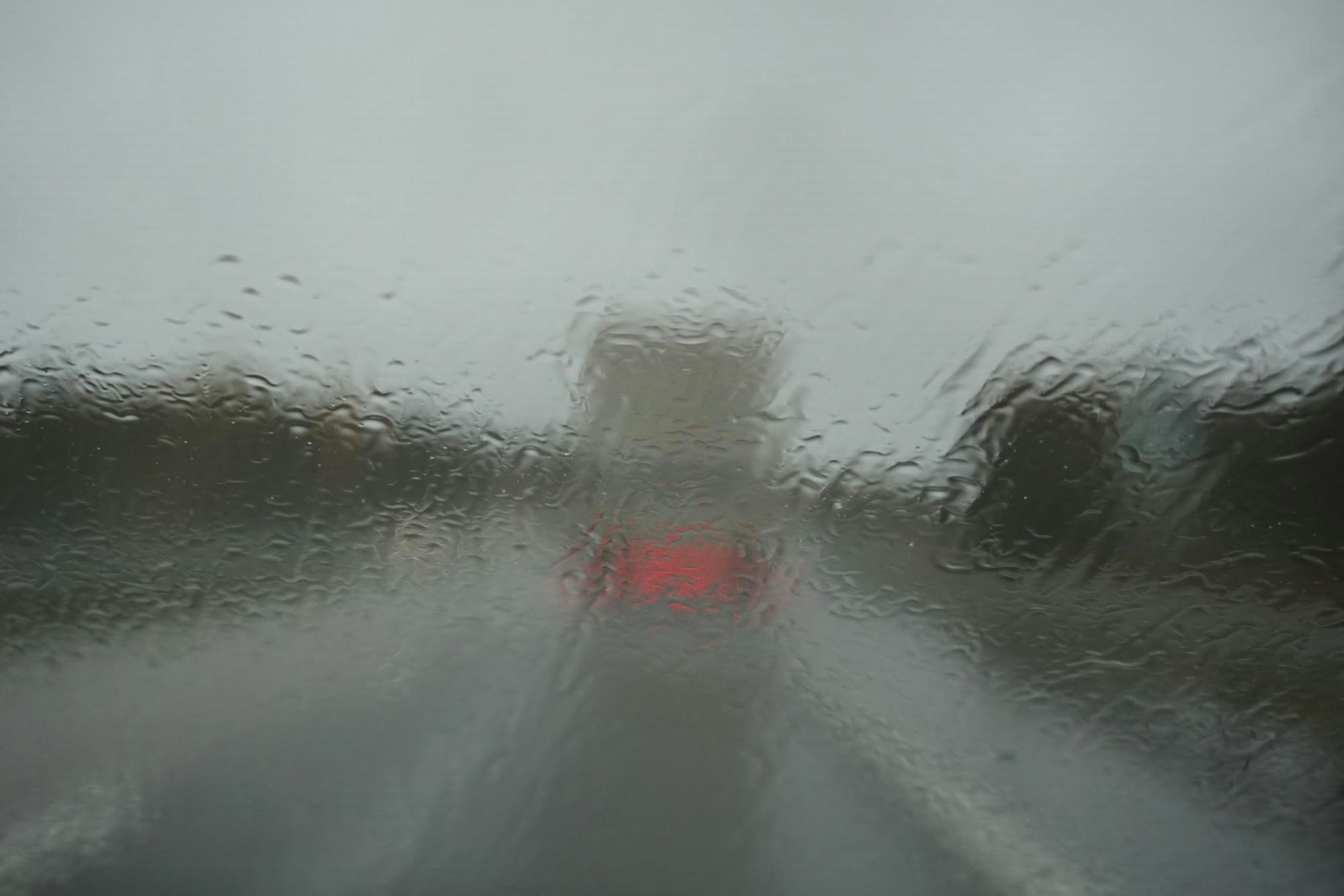
Avoid driving in adverse weather conditions such as heavy rain, snow or fog. If unavoidable, drive cautiously and adjust your speed to the conditions.
Driving in wet weather and water

Aquaplaning happens when enough water on the road surface causes your vehicle to lose traction and makes the vehicle unresponsive. You can reduce the risk of aquaplaning by reducing your speed.
If you have driven through deep water your brakes may be less effective. Test them at the first safe opportunity by pushing gently on the brake pedal to make sure that they work. If they are not fully effective, gently apply light pressure while driving slowly. This will help to dry them out.
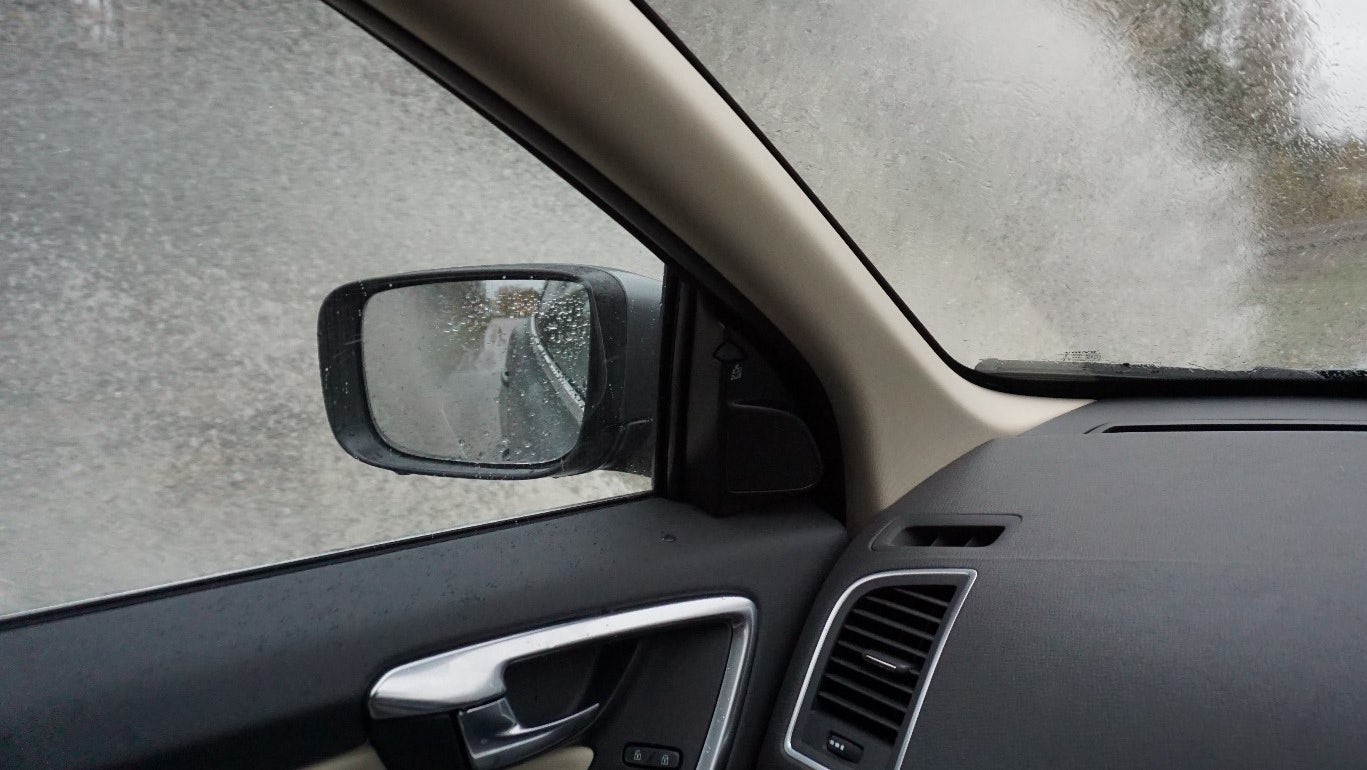
General tips
When driving in bad weather conditions (e.g. heavy rain, snow or fog) you should:
- use your lights as required
- keep a safe distance behind the vehicle in front so you have time to react and stop
- be able to pull up well within the distance you can see clearly. This is particularly important on motorways and dual carriageways, as vehicles are travelling faster
- use your windscreen wipers and demisters
- beware of other drivers not using headlights
- not accelerate to get away from a vehicle which is too close behind you
- check your mirrors before you slow down. Then use your brakes so that your brake lights warn drivers behind you that you are slowing down
- stop in the correct position at a junction with limited visibility and listen for traffic. When you are sure it is safe to emerge, do so positively and do not hesitate in a position that puts you directly in the path of approaching vehicles.
Driving in icy or snowy weather
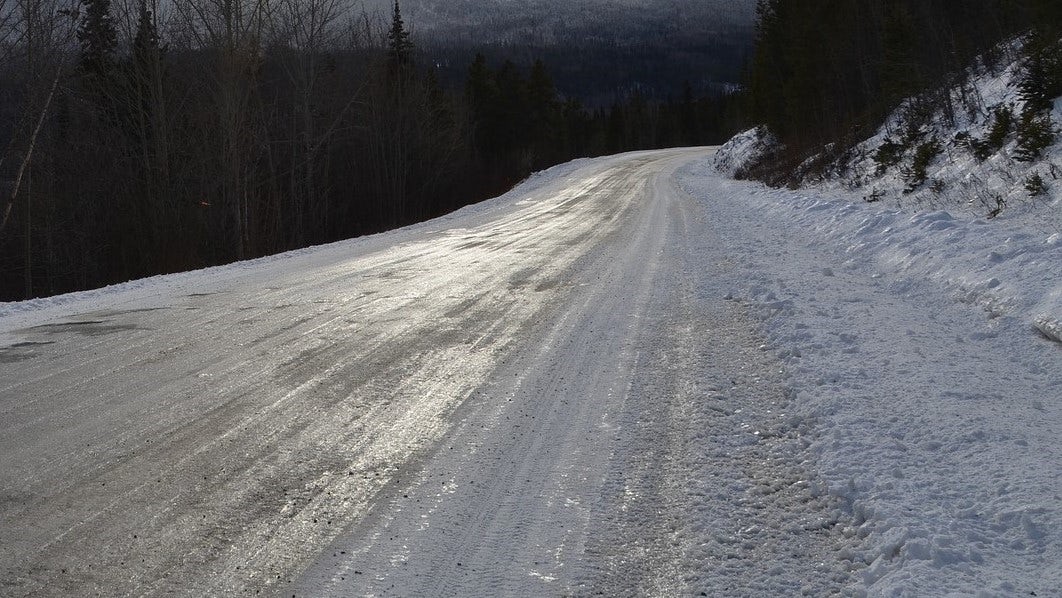
When driving in icy or snowy weather, stopping distances can be ten times greater than on dry roads. Clear your mirrors, lights, number plates and windows before setting off so you can see and be seen.
Windy weather
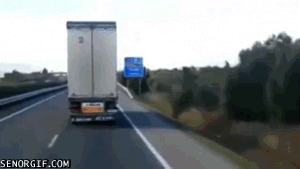
High-sided vehicles are most affected by windy weather, but strong gusts can also blow a car, cyclist, motorcyclist or horse rider off course. This can happen on open stretches of road exposed to strong crosswinds, or when passing bridges or gaps in hedges.
Skidding
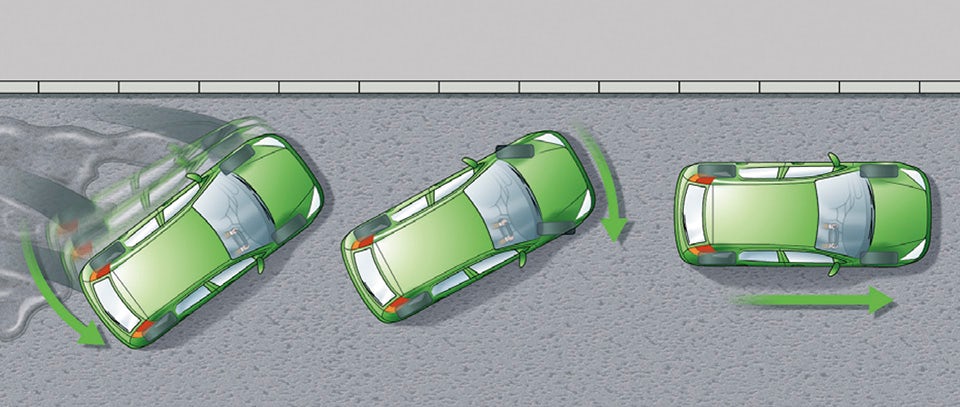
Skidding is usually caused by the driver braking, accelerating or steering too harshly or driving too fast for the road conditions. If skidding occurs, remove the cause by releasing the brake pedal fully or easing off the accelerator. Turn the steering wheel in the direction of the skid. For example, if the rear of the vehicle skids to the right, steer immediately to the right to recover.
Prevent skidding by following the ABC plan - Accelerate, Brake and Corner smoothly.
